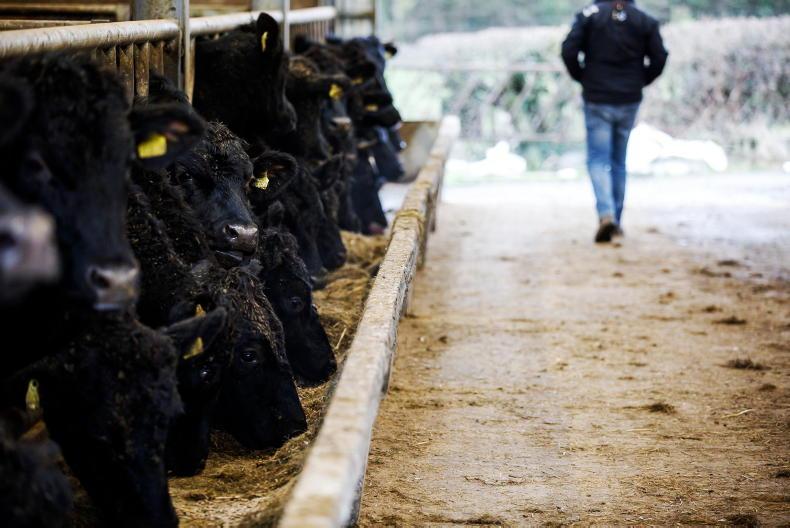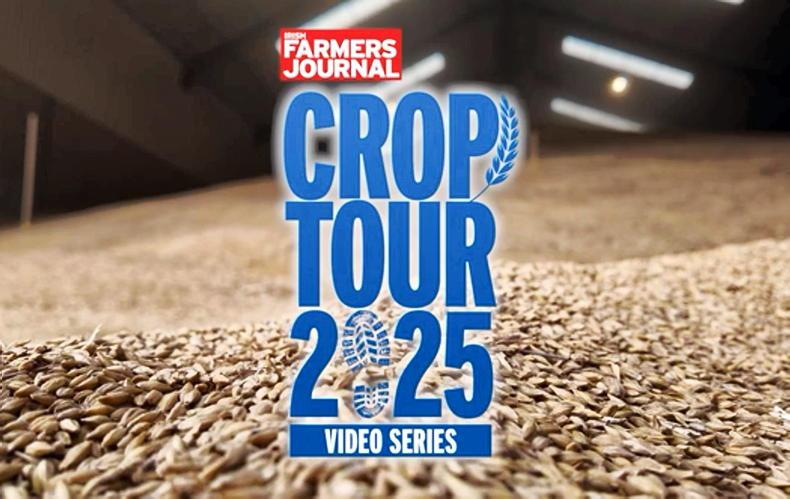Compliance with farm safety is now a significant component of audits under the Sustainable Beef and Lamb (SBLAS) and Dairy Assurance(SDAS) schemes.
Bord Bia reports that the third most common reason for scheme members being deemed non-compliant is due to not having an up-to-date safety statement available.
This is not just a requirement of SBLAS or SDAS, farmers are legally required to be compliant with farm safety regulations.
Farmers with less than three employees must have at least an up-to-date Farm Safety Risk Assessment completed, while farms with three or more employees must have an up-to-date Farm Safety Statement.
The Farm Safety Code of Practice Risk Assessment document can be downloaded from the Health and Safety Authority website or the form can also be completed online at www.farmsafely.com.
Audit pointers
An auditor will check that the document firstly is available and then that it is up-to-date. The safety statement should be updated on a regular basis. This does not mean that a new document needs to be completed each time. Where a statement is updated, then the date of revision and a relevant signature should be present.
An auditor will assess visual safety concerns during the course of an audit. Common areas assessed are summarised below.
Machinery working order: While walking around the farm, auditors will generally check that machinery is in good safe working order, with PTOs especially under the spotlight.
Pesticides: Where sprayers are present then testing is required for pesticide application equipment after three years from new and at three-year intervals thereafter. Any individual using plant protection products must undergo training and be registered as a professional user.
Pesticides must also be stored in a lockable store on their own, with absorbent material like sand for example available to help contain any spills. A sign should ideally denote the presence of the store.
Handling facilities: Adequate facilities should be present to allow animals to be handled in a safe manner. This includes calving facilities with a firm focus also placed on handling of stock bulls.
Signs ideally will be present on gates to highlight the presence of a bull.
Veterinary medicines: Veterinary medicines must be stored in a lockable area.
New and used needles must be stored in individual containers and clearly labelled as used or new. This could be something as simple as a plastic container with ‘needles’ written on it.
Water source: Dairy farmers using a private well for dairy washings must have evidence of a water test for microbiological contamination.
This is regarded as the second most common major non-compliance among dairy farmers. Entercocci and E. Coli must be absent in 100ml and a test must have been conducted in the last three years.
A test is not required where sourcing water from a group water scheme. A third major non-compliance among dairy farmers is an absence of a potable water source for hand washing and washing milk contact surfaces.
Children’s play area: A farm is not a playground and on family farms a dedicated safe play area should be present. A farm safety sign should also be erected on entry to a farm highlighting caution to those passing this point.









SHARING OPTIONS